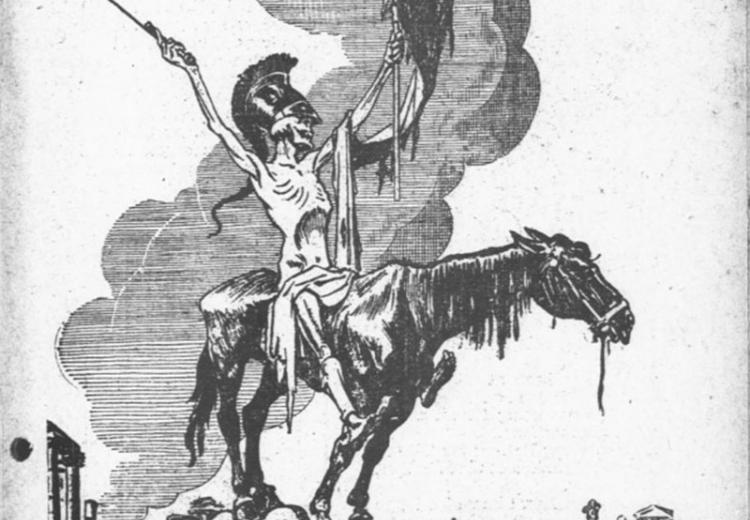Chronicling America: Uncovering a World at War

“War!” The Daybook (Chicago, IL), April 17, 1914.
"I have been a pacifist and, to a certain extent, I still am one, and, therefore, I am able to understand their point of view...I can see no way that any right thinking person can refuse to follow the president in his course concerning the way. Most of the pacifists’ positions are not only illogical, but silly."
—Clarence Darrow, The Daybook, April 20, 1917
One hundred years ago, the European nations were embroiled in a Great War. The United States attempted to continue trade and diplomatic relations with a world in conflict. This lesson gives students the opportunity to interact with historical newspapers available through Chronicling America and read the conflicting viewpoints of America's opinion leaders and ordinary citizens. Students will engage in dialogue as they struggle to decide: should the Unites States remain neutral or join the fight?
EDSITEment collaborated with Smithsonian education to design a Learning Lab collection on Art and WWI that offers students opportunities to analyze paintings while making connections to poetry and the events of WWI.
Guiding Questions
Why was America so divided about the prospect of entering World War I in 1917?
How did Americans react toward the events of the World War I in their hometown newspapers?
Learning Objectives
Analyze several newspaper articles to determine the point of view of the author.
Evaluate why some Americans advocated involvement in the war while others opposed U.S. involvement or maintained a neutral stance.
Evaluate the effects of the war on media communication and media communication on the war.
